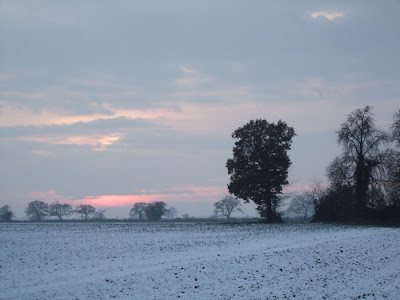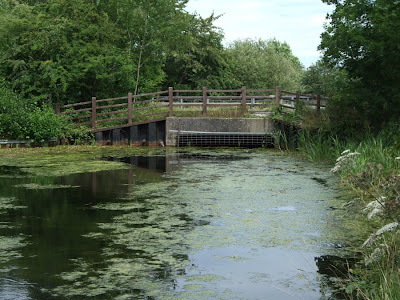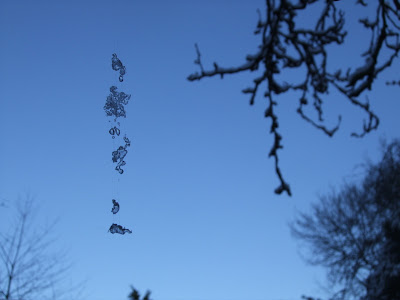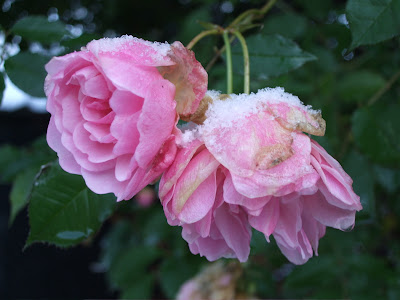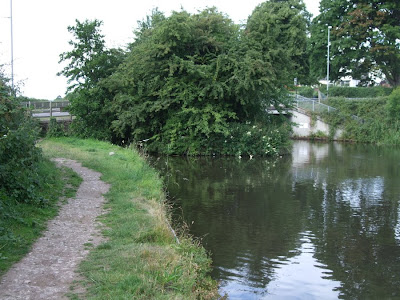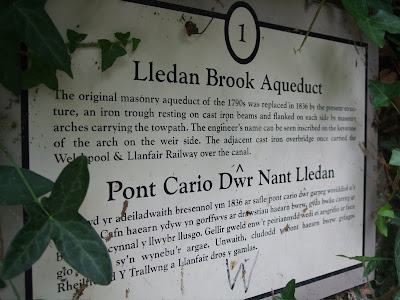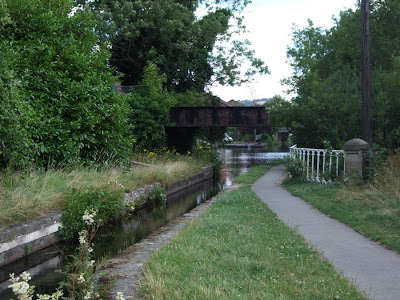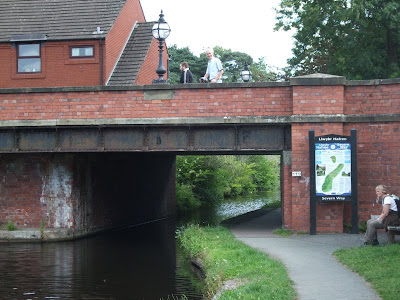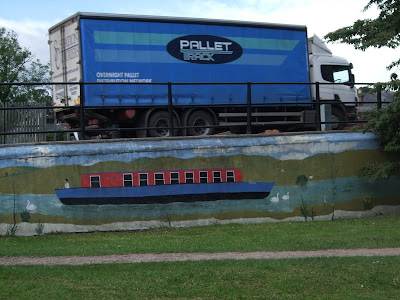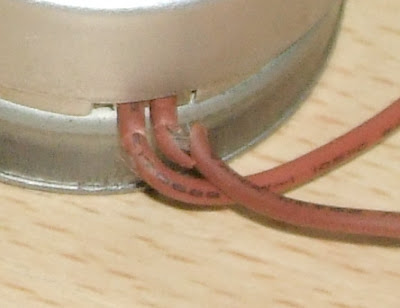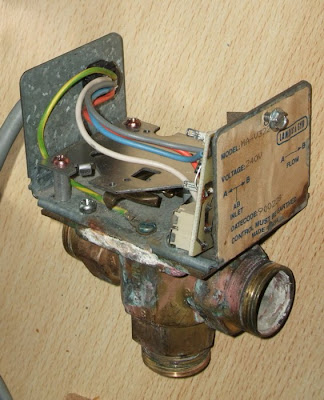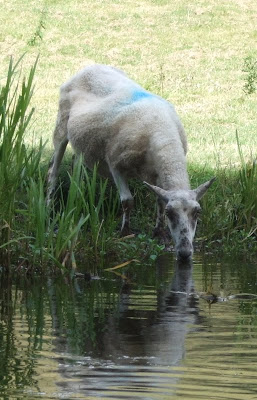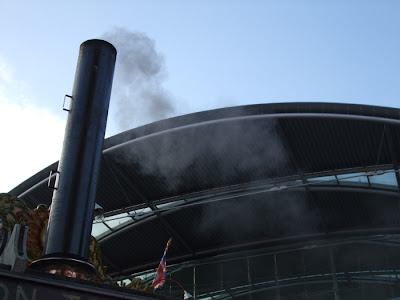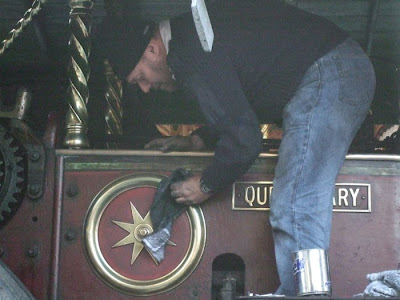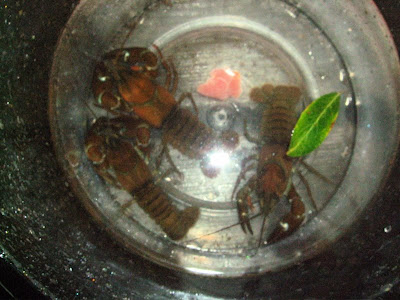
I'm sure Andrew Denny has talked in the past about why the camera records snow as blue, when we see it as white. Is it because it reflects the blueness of the sky, but our brains tell us snow ought to be white, so that's how we see it?
I took the top photo yesterday morning from the bedroom window. That is the desaturated version. What actually came out of the camera is the photo below.

For an explanation you could do worse than visiting the Digital Photography School website. Peter West Carey, in an article he has only just posted, explains that it's all to do with colour temperature. Here is an extract (it gets a bit technical).
I got a sudden urge to stop off on my cycle home after work to try to take some night-time pictures. Those which worked best were where I used a long exposure and let car headlights light the scene. This was a three second exposure, with me holding the camera steady on the bicycle saddle.
Interestingly, there appear to be no issues with colour balance. The snow looks perfectly white.

And here's Norwich Cathedral from The Forum.

